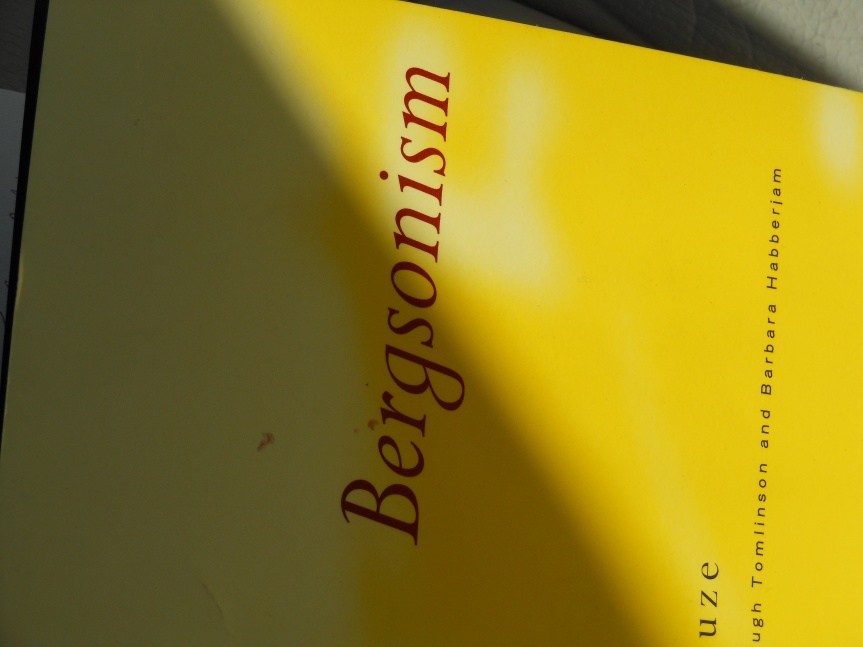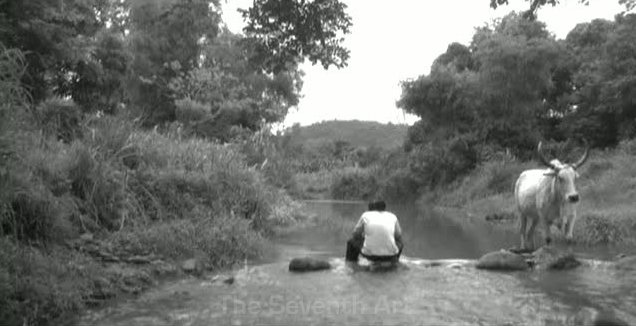Bibliographic Note: Deleuze, Gilles, Bergsonism, trans. by Hugh Tomlinson & Barbara Habberjam (New York: Zone Books, 1988), 13 – 35

My critical summary of Chapter 1 of Bergsonism. I provided my own examples apart from what Deleuze gave. This is an exercise in making reflective memos, a tip I got from Raul Pacheco-Vega’s blog.
In Chapter 1 of his book entitled Bergsonism, Deleuze emphasized that intuition is a method of ‘precision’ that follows a set of ‘strict rules’. This is indeed counter-intuitive to what we usually think as ‘intuition’. Intuition is not a gut feel; neither it is the feeling that wins you over a bet or a game of luck. It is, for Bergson and also for Deleuze, a philosophical method, a decisive turn in a given duration or state of things. Intuition provides us precise ways of knowing and differentiating lived experiences and reality itself.
Deleuze wrote that Bergson considers intuition as a simple act but this simplicity is accompanied by the act’s involvement with the plurality of meanings and irreducible multiplicities in any given experience. The intuition as a method follows three rules:
- Statement and creation of problems (a method of problematizing)
- Discovery of genuine difference in kind (a method of differentiating)
- Apprehension of real time (a method of temporalizing)
Intuition as a Method of Problematizing
Deleuze’s first criterion for the method of intuition is to ‘apply the test of true and false to problems themselves. Condemn false problems and reconcile truth and creation at the level of problems.’
In philosophy, problematizing something i.e. an event, an object, a set of relations, is one of the first steps in drafting a philosophical proposition. Problems are always tied to philosophical concepts and percepts. Bergson (via Deleuze) proposes that it is not enough to state one’s problems accompanying a set of solutions. One has to discern or evaluate whether the stated problem is true or false. In order to do so one uses intuition as a method of qualifying and evaluating problem statements.


